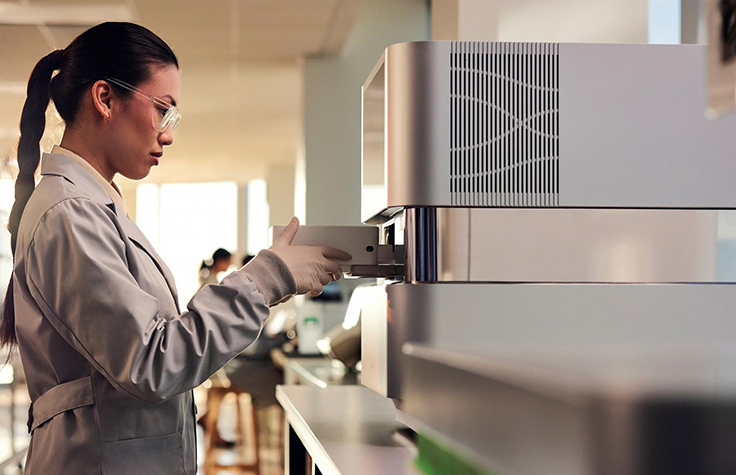Hello,
First off I wanted to thank the seqanswers community for being a very valuable resource. I'm a graduate student new to NGS and have learned a ton from this community.
So my lab is attempting to assemble a fungal genome believed to be around 40Mb in size. We had our DNA sample sequenced commercially and received 24 million paired reads of high quality (according to the FastQC) report.
This is our first genome assembly project so we are going through a bit of a learning curve. My question concerns the adapters used in Illumina sequencing technology. The company used a HiSeq2000 to generate our reads. Do we need to remove the adapters from these reads before we attempt assembly? How would I know if the adapters are present in the reads? Just looking at them doesn't reveal a common sequence, and the FastQC report does not report any 'over represented' sequences. Is this enough evidence to conclude that the adapters are not present in the reads? Are they normally even included? Thanks in advance for your responses.
First off I wanted to thank the seqanswers community for being a very valuable resource. I'm a graduate student new to NGS and have learned a ton from this community.
So my lab is attempting to assemble a fungal genome believed to be around 40Mb in size. We had our DNA sample sequenced commercially and received 24 million paired reads of high quality (according to the FastQC) report.
This is our first genome assembly project so we are going through a bit of a learning curve. My question concerns the adapters used in Illumina sequencing technology. The company used a HiSeq2000 to generate our reads. Do we need to remove the adapters from these reads before we attempt assembly? How would I know if the adapters are present in the reads? Just looking at them doesn't reveal a common sequence, and the FastQC report does not report any 'over represented' sequences. Is this enough evidence to conclude that the adapters are not present in the reads? Are they normally even included? Thanks in advance for your responses.
 , I hope this helps,
, I hope this helps,

Comment